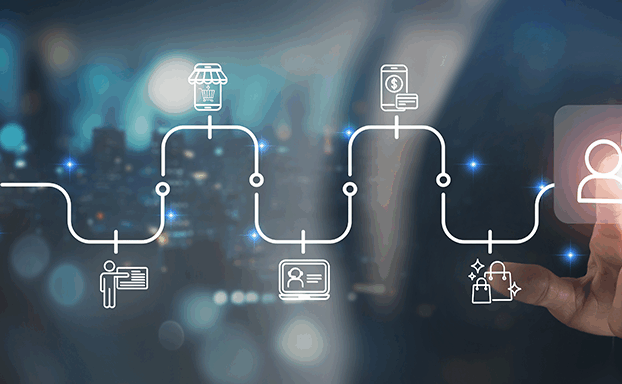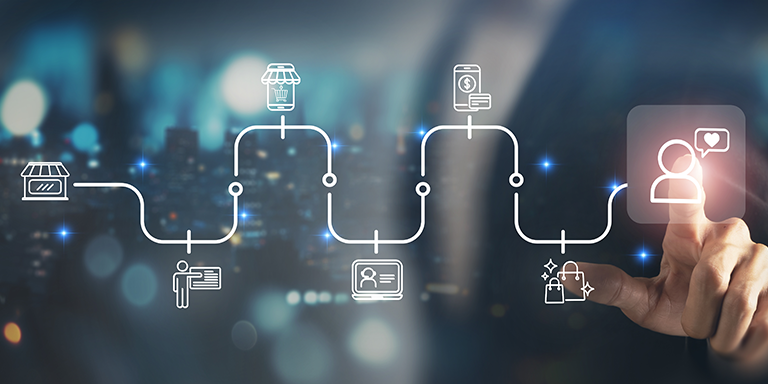WHAT IS AN IT SERVICE DESK?
Your Service Desk employees offer first-line support that includes handling incoming calls, providing customers with workarounds to known problems, and answering any other questions they might have. Some of these tasks are repetitive, and Service Desk employees often use a script or knowledge queries to answer standard questions.
Unlike an IT service desk that focuses on fixing IT issues, your Service Desk is more broadly focused on delivering services to users, which makes it more strategic. For example, the Service Desk:
- Handles software licensing
- Negotiates with your service providers
- Oversees third-party contracts related to IT Service Management (ITSM)
- Manages service requests to resolve service issues and plan service upgrades
WHAT DO ORGANIZATIONS GET FROM SERVICE DESKS TODAY?
Quicken Incident Response
Service Desks are more nimble than ever before! With AI chatbots and virtual agents streamlining IT processes and automating routine tasks, your organization can optimize cost efficiencies and reduce support times from hours to seconds.
Still, companies have their work cut out for them though, as according to Forrester Research, customer experience (CX) quality declined over the past year for US brands, a reversal from 2021.
Proactively Manage Your CX with Valuable Insights
Once a customer has purchased a product, your Service Desk may become their primary point of contact. Although these interactions may often take the form of a complaint, they often provide valuable insights into CX and product performance.
Improve CX Combined with Lower IT Expense
Self-service tools like virtual agents and chatbots solve minor problems quickly leading to:
- ✓
Improved customer satisfaction, because users spend less time on the phone and more time using the product. - ✓
Freeing the IT department to tackle more complex challenges leading toimproved CX (users can get back to being productive and not waiting on the phone). - ✓
Makes IT department resources available to tackle more complexchallenges and lower your ticket volume
Enhance ITAM (IT Asset Management)
When most customers think of a Service Desk, they think of it as a hub for all hardware and software assets contracts, configuration/maintenance records, etc.
4 BEST PRACTICES FOR RUNNING YOUR SERVICE DESK
Service Desks, unfortunately, are often given the short shrift at many organizations. Since they don’t directly generate revenue, they’re not seen as a high-priority expense. That way of thinking is short-sighted, of course.
The Service Desk is, in fact, one of the most important units in the entire business. Not only does your Service Desk keep your digital presence running, but it also grows your customer base by keeping current customers happy (or at least satisfied) with new equipment, services, software, and support.
Everything your enterprise IT organization needs to deliver instant, safe, and secure end-user experience
To help your Service Desk grow and thrive, below are 4 best practices we see as non-optional:
1. Experience the Service Desk Experience Firsthand
You need to experience what your customers and employees go through when they interact with your Service Desk. Only then can you make intelligent recommendations on how to streamline or augment what is happening in the support centers. To show you’re committed, managers should:
- ✓
Take a few Level 1 calls to understand what is involved in running a successful Service Desk - ✓
Use the service desk’s capabilities to eavesdrop on calls for training purposes
2. Expect Rapid Changes While Maintaining Regular Support Options
The pandemic forced your IT department to rapidly shift its mindset from onsite support to fully remote support where IT was, itself, not always on premise. Your customers and internal clients don’t care, however, and still expect the same level of support regardless of whether it is a global emergency or not!
Other customer issues include:
- ✓
Wanting to bypass the Service Desk if it takes too long to get a response - ✓
Living with a problem because the issue wasn’t solved the first time - ✓
Fixing the problem themselves (if self-service resources are scant)
To solve these problems, you can automatically send out customer surveys that provide a clear indication of how well your Service Desk is doing in meeting your users’ Service Level Agreements (SLA).
3. Make it Easy to Find Support
Maintaining your Level 0 knowledge base and understanding how easy or difficult it is to access should be your first step at understanding how internal/external audiences can get support. By making Level 0 support easy to access, you’ll simultaneously boost customer productivity and increase customer satisfaction.
4. Your Goal? Knowledge as Capital
When you flesh out your Service Desk to take advantage of your existing knowledge base, you help your end user and customer experience, improve your bottom line, and even your corporate reputation.
MAKING YOUR AUTOMATED IT SERVICE DESK FUTURE-PROOF
As your customer expectations grow, service desks will have to adapt to meet increasing demands within their organizations:
What will the Service Desk of the future look like? Let’s take a look at the service desk of the future
Your Service Desk employees offer first-line support that includes handling incoming calls, providing customers with workarounds to known problems, and answering any other questions they might have. Some of these tasks are repetitive, and Service Desk employees often use a script or knowledge queries to answer standard questions
Automation, Automation, and More Automation
With the continual growth and maturation of AI, scripts, and chatbots, service desks staffed by people will all but disappear. Plus, customers are becoming used to self-care, not just in the world of aromatherapy but in the world of self-service portals and knowledge bases.
Customer and Employee Experience Will be a Top Priority
More often than not, your organization is based on what customers and your employees think of your service desk. It will become even more so in the near future. CX will only improve when front-line support employees can focus on what they’re paid to do and provide complex support services instead of easy support tickets that AI and chatbots can handle. This way, customers will know that their questions or issues will be properly addressed by the appropriate person or single point of contact.
Peer-to-Peer Support
Customers often look for help in support forums hosted by the company or in user groups. Such peer-to-peer support will continue as many users trust it more or can find obscure information more easily.
YOUR SERVICE DESK – BUILT FOR YOUR ORGANIZATION NOW AND FOR THE FUTURE
Think of your Service Desk as the lifeblood of your organization. Both your internal employees and external customers rely on its capabilities to work more productively and enjoy your professional services. Think of it this way: You can’t be productive or grow your business without a competent Service Desk the supports your organization now and well into the future.






